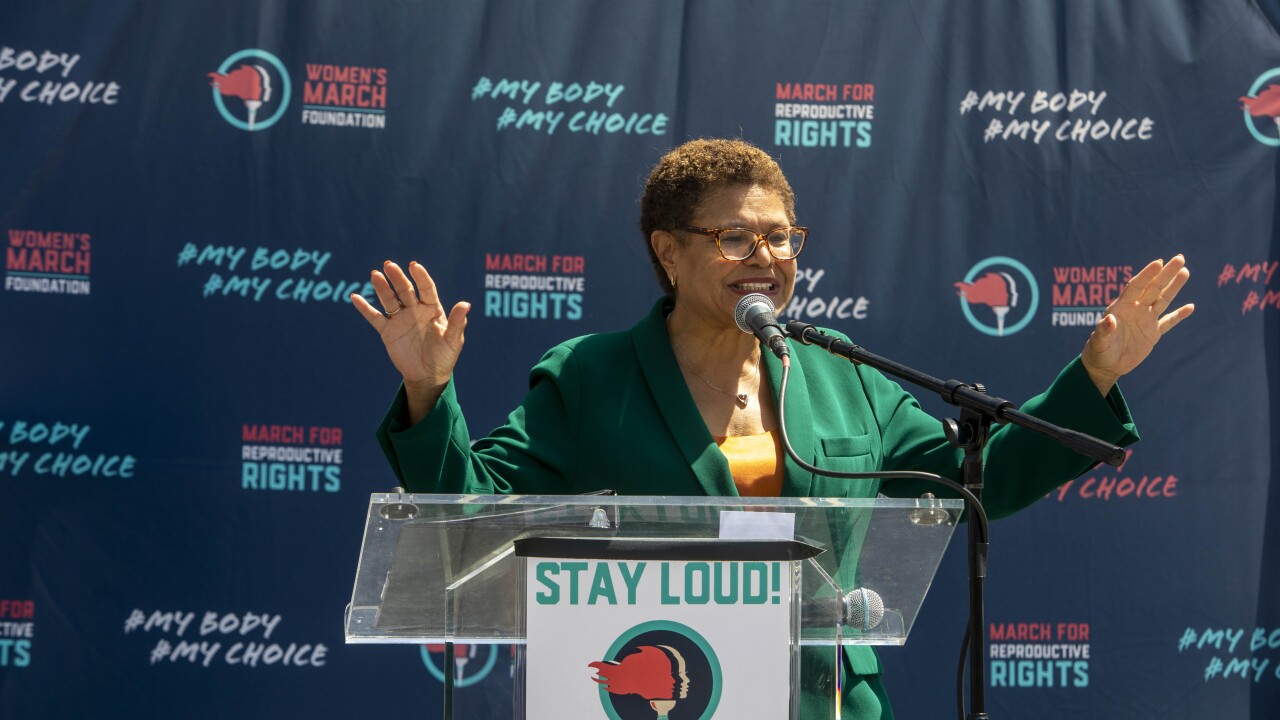U.S. public finance downgrades at Fitch Ratings in the second quarter were at their highest level in eight years, according to a recent new report from the agency.
Fitch said it downgraded nearly twice as many credits than it upgraded over the three-month period, which marked the 10th consecutive quarter in which downgrades outpaced upgrades.
Between April and June, Fitch downgraded 84 credits, representing about 9.3% of all rating actions and $29.2 billion in par value, up from 63 credits in the first quarter.
Meanwhile, even though the number of upgrades grew by 65% from the first quarter to the second, they were still nearly doubled by downgrades in the second quarter.
There were 43 second-quarter upgrades, accounting for 4.7% of all rating actions and $8.7 billion in par value, up from 26 in the first quarter.
The largest amount of downgrades by par amount was from the tax-supported sector, which saw 53. There were only 15 upgrades in the sector.
One of the largest single downgrade actions affected Hawaii’s $4.9 billion of unlimited-tax general obligation bonds, which were downgraded to AA from AA-plus.
Fitch analysts Sarah Repucci and Vincent Barberio cited the state’s “minimal financial cushion against risks inherent in an economy dominated by the volatile tourism sector following the depletion of previously large balances, as well as the state’s significant and growing long-term liabilities.”
Other large downgrades included $453 million of Detroit unlimited-tax GO bonds and $1.5 billion of Series 2005A and 2006A and B pension obligation certificates, which fell to BB-minus from BB-plus, as well as $486 million of limited-tax GOs that were dropped to B-plus from BB.
Fitch cited “fiscal imbalances and the increasing challenges on an already highly stressed budget, including revenue losses related to a weakened economy and population declines.”
Elsewhere, $1.5 billion of San Francisco GOs were downgraded to AA-minus from AA based on “persistent and large budget gaps” that have been resolved with one-time or temporary solutions year over year, leading to structural imbalance, analysts noted.
Meanwhile, the largest upgrades by par amount took place in the revenue-support sectors.
One of the largest affected $1.1 billion of University of North Carolina at Chapel Hill general revenue bonds, which were upgraded to AAA.
Fitch analysts pointed to the school’s “superior financial flexibility, highlighted by its ability to grow resources while simultaneously managing a sizable capital improvement plan and reductions in operating support from the state of North Carolina.”
Besides downgrade activity, Fitch also issued 246 negative outlooks, up from 224 in the first quarter.
While it issued only 62 positive outlooks, that was up from 57 in the first quarter and was the highest number of positive outlooks since the first quarter of 2010, the agency reported.
In addition, Fitch doled out 13 negative watches, as compared to zero positive watches.
Meanwhile, 79% of all rating actions in the quarter accounted for affirmations with no change in outlook or rating watch status.
In addition, 91% of Fitch’s ratings had a stable outlook at the end of the second quarter.





